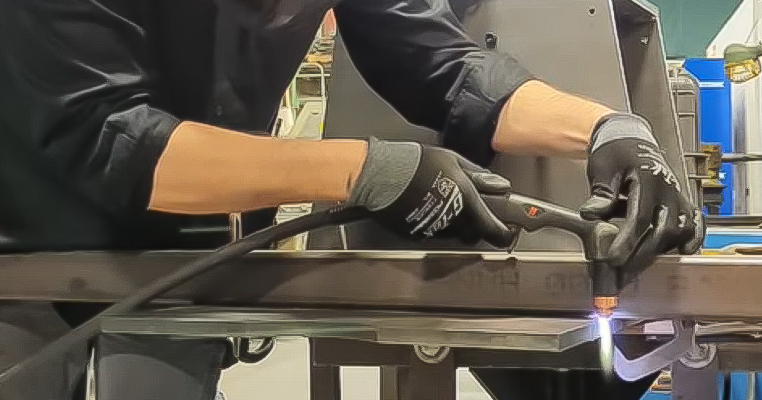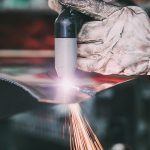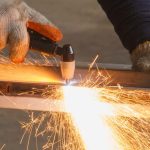There comes a time in the career of every fabricator when a single piece of material needs to be turned into more than one piece. There are, of course, many different ways to do this. The ultimate low-tech solutions include:
- Bending it until it breaks
- Saw through it with a serrated blade
- Use high pressure on a sharp edge to press and cut through it
On the flip side, you have expansive and powerful uses of modern technology and physics, capable of cutting through nearly anything. Two of the most powerful forms of cutting are waterjet cutting and plasma cutting, but how do they work, which one is better, and when should you use them? You have many questions, and we have many answers.
Note: If you have a question that we didn’t answer here, feel free to leave it in the comments or use our contact form to ask us directly. We’re always happy to help.
How Does Plasma Cutting Work?
Plasma cutting is a process that uses the extreme end of physics to generate superheated gas, transforming it into the fourth state of matter, plasma, and using that get of plasma to cut through a material.
Plasma is essentially just a gas, but it’s technically a fourth state of matter besides solid, liquid, and gas. Plasma is ionized and electrically conductive, which gives it a lot of unique properties. It’s also very high-energy, so it doesn’t stay as plasma for very long except under specific conditions.
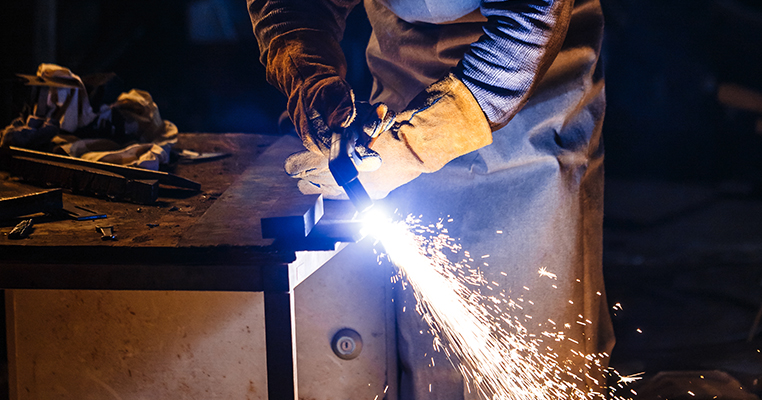
Plasma cutting is a form of thermal cutting. That means, rather than using mechanical action like scissors, saws, or rasps, it uses thermal energy to melt through whatever needs to be cut.
A plasma cutter consists of a source of compressed air and a source of electricity. The electricity creates an arc in the plasma cutting torch. The compressed air is forced into and through this arc, which heats and adds energy to it, converting it into plasma.
The plasma, being electrically conductive, then behaves like an electric arc itself. It arcs to the material, and its intense energy melts the material in a localized area. Meanwhile, the continued stream of compressed gas from the air supply blows away that molten metal, leaving a gap. This gap, when completed, becomes a cut.
What Are the Advantages of Plasma Cutting?
Plasma cutting is actually an extremely precise method of cutting despite the inherent difficulty of controlling electricity. When used by hand, it can create precise and fast cuts in target materials. When used in a CNC machine, it can be extremely precise down to the millimeter and is a key part of many forms of modern metal fabrication.
Plasma cutting is capable of cutting through relatively thick materials, usually with a maximum thickness of around 150mm. Other methods of cutting something that thick are usually either much slower, less precise or otherwise difficult to use.
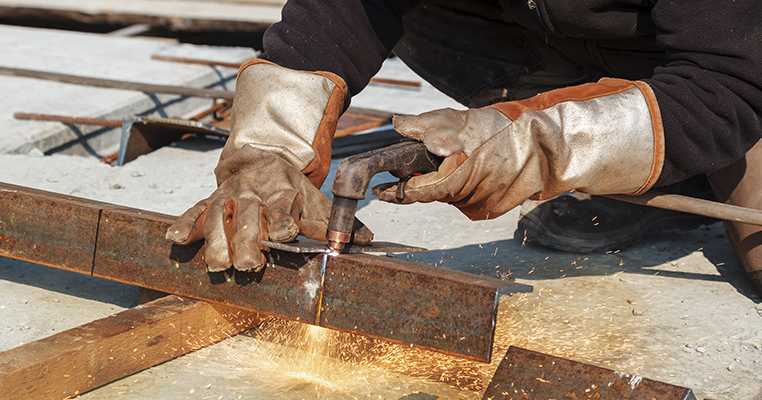
Plasma cutting, due to the nature of the plasma, can be performed underwater. This allows a water table to cut down on the noise, fumes, and heat-affected zone of the material being cut, allowing for even more precise and user-friendly cuts.
What Are the Disadvantages of Plasma Cutting?
There are four significant disadvantages to plasma cutting.
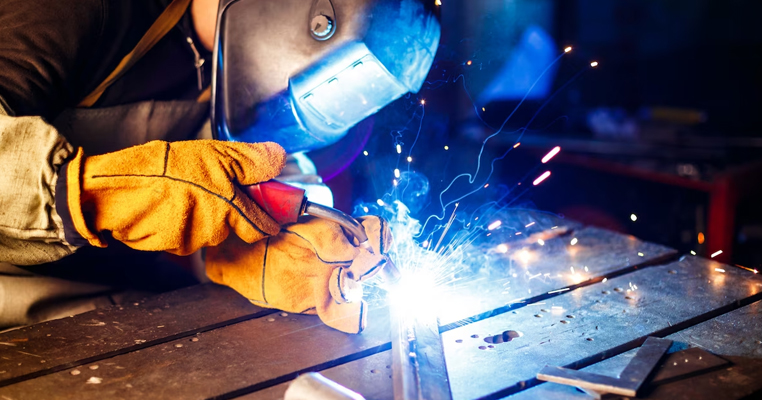
Each of them should be considered:
- The first is that the maximum thickness it can cut is still relatively small compared to certain other kinds of cutting, like waterjet cutting. Plasma cutting is very good at what it does, but when asked to perform outside of those parameters, it will struggle.
- The second is that, while it’s quite precise, it’s not the most precise cutting method. Laser cutting is usually more precise, and waterjet cutting can often be about equal.
- The third drawback to plasma cutting is that it’s quite hazardous. Plasma itself is very dangerous, the electricity is dangerous, and the UV radiation, fumes, noise, and heat it gives off can all be significant hazards to the operator and the environment. Proper precautions must be taken to use plasma cutting effectively.
- The fourth, final, and most important drawback is that despite being a thermal cutting method, plasma cutting requires an electrically conductive material. Plasma cutters are not capable of cutting things like wood, plastic, glass, or ceramic. They even struggle against poorly conductive materials like lead, tungsten, and tin. This means that plasma cutting is not suitable for all operations.
Again, within its parameters, plasma cutting is one of the most effective options. However, outside of those parameters, it will struggle or even be impossible to use.
How Does Waterjet Cutting Work?
Water is one of the most powerful forces of nature. The slow, steady trickle of water can erode the rock of the earth itself. The Grand Canyon is one of the finest examples of the power of water over time.
Humanity looked at that and asked: what if we could harness that power? As a result, they invented the mechanical cutting method of waterjet cutting.
Waterjet cutting is almost exactly what it sounds like. It uses water, contained and pressurized to a high degree of pressure (nearly 400 MPa, or a whopping 56,000 PSI) in a narrow, precise jet. This jet of water puts enough force and pressure on a material that it physically eats away at the material, leaving a narrow, precise cut behind.
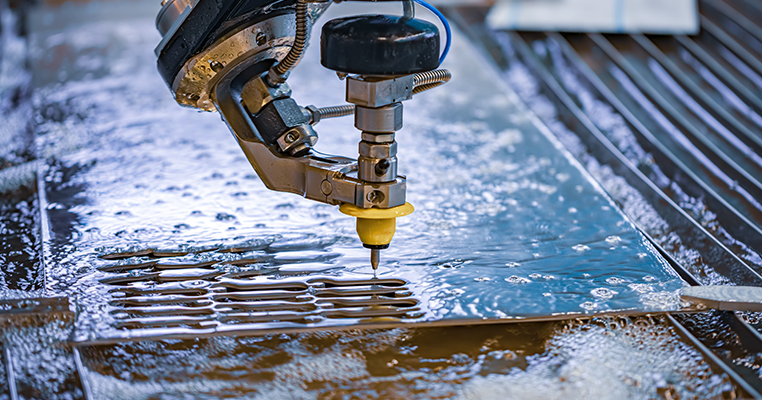
Even a very high-pressure stream of water alone is not enough to cut through many materials at speed, however. Pure waterjet cutting is suitable for softer materials like wood, plastic foam, paper, and rubber. However, harder materials will resist it.
The solution is to add an abrasive agent to the water. You may have heard of diamond cutting, where granulated diamond is added to a saw blade to create a sharper, more durable edge to cut through tougher materials. So, does waterjet cutting use diamond? Surprisingly, no.
Through extensive experimentation and testing, one material has emerged as the most useful material to use as an abrasive in waterjet cutting. That material is garnet.
“Almandine garnet has emerged as a mineral with the best characteristics for waterjet cutting. Other minerals may be harder, heavier, or lower in cost, but almandine garnet emerges as the one material with the best combination of characteristics for abrasive waterjet cutting. The naturally occurring material is mined and processed for numerous industrial applications in addition to waterjet cutting, such as blasting media and water filtration granules. (The common almandine garnet is brownish-red in color and opaque. The much rarer, gem-stone-quality almandine garnet is marked by a deep red color and is transparent.)” – The Fabricator
Garnet is readily available, cheap, and relatively fragile. When it breaks, it breaks into sharp shards, which increase the cutting power of the abrasive. Moreover, it’s chemically inert in almost all circumstances, so it’s not going to react with whatever you’re cutting.
What Are the Advantages of Waterjet Cutting?
Waterjet cutting has many advantages as a form of mechanical cutting.
First, waterjet cutting can cut basically any material. The power of high-pressure water and the abrasiveness of garnet combined to create an extremely effective form of cutting that can slice through nearly anything with a high degree of precision. It can also be tuned to meet different needs by adding or removing abrasives or adjusting the pressure of the water.
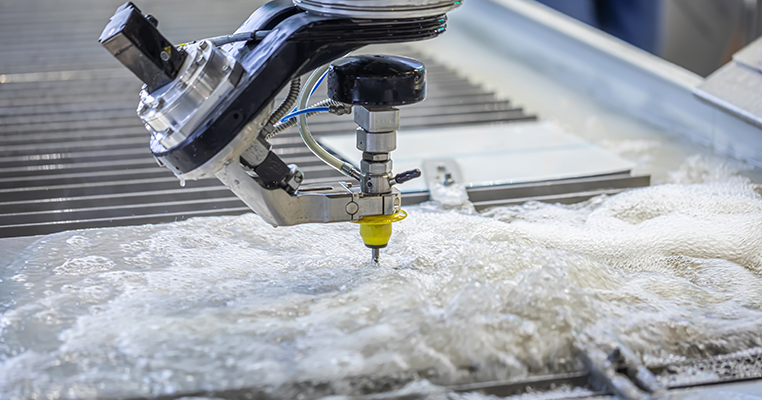
Waterjet cutting is also very inexpensive to run. Both the water and the abrasive can be recycled and reused quite a bit before it reaches a point of no longer being useful, and the machine itself has a high amount of longevity.
Further, because waterjet cutting is a mechanical cutting method, which means it does not rely on heat and thermal activity or electrical conductivity to do its job. There’s no heat-affected zone to worry about; heat and flame are not an issue, and electricity is only a concern if the power supply to the cutter is faulty.
Waterjet cutting is also capable of dynamic adjustments, particularly in CNC use. A single operation can change parameters mid-cut and adjust edge quality, thickness, and other attributes without needing to stop, adjust, and restart.
What Are the Disadvantages of Waterjet Cutting?
Waterjet cutting is not perfect, of course; if it were, we wouldn’t need or use other cutting methods.
One of the more significant drawbacks is the kerf width. Waterjets can only be so thin and still carry abrasive material to cut, so the cut itself will always have some minimum width that cannot be circumvented. This extends to cutting around corners; it’s fine for curved lines, but if you need a sharp edge, waterjet might not be the way to do it.
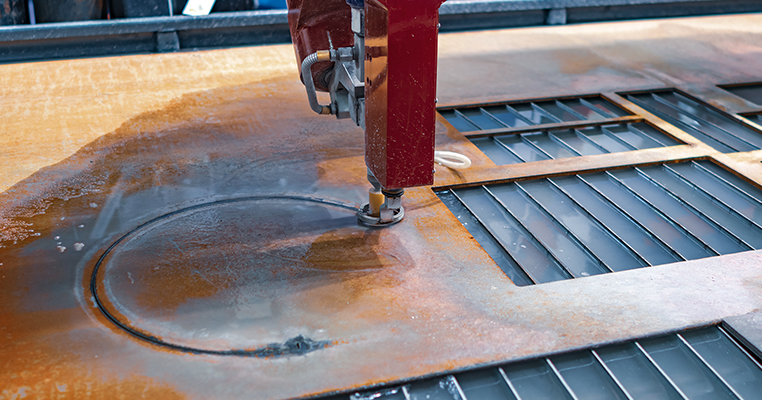
Another drawback – though one shared with plasma cutting – is that it’s not useful for partial cuts. That is, if you’re working on a material and you need to cut a groove in it without cutting all the way through it, it’s not really possible to do with sustained accuracy.
If the depth of the groove doesn’t matter, such as in decorative engraving, that can be fine; for a consistent depth, however, you would need another kind of cutting, like milling with a milling machine.
Another potential drawback is that waterjet cuts tend to have at least some small amount of taper to them, either a V, a barrel, or a reverse taper. These can be minimized or adjusted, but careless configuration or thick materials can make them more pronounced.
Finally, waterjet cutting is not really a kind of cutting that can be done by hand. Because of the precision and accuracy necessary to make cuts and the way the water and its abrasive need to be captured and recycled, it’s almost always a CNC process. Plasma cutting can sometimes be done by hand, at least.
Which Cutting Method is the Best?
When it comes to choosing the optimal cutting method for your projects, plasma cutting stands prominently as a highly recommended choice. This method is not only cost-efficient and faster for many applications, but it also requires less maintenance, making it a dependable and robust option. While it’s crucial to consider the specific needs of each project, plasma cutting often emerges as the superior choice due to its efficiency and straightforward technology.
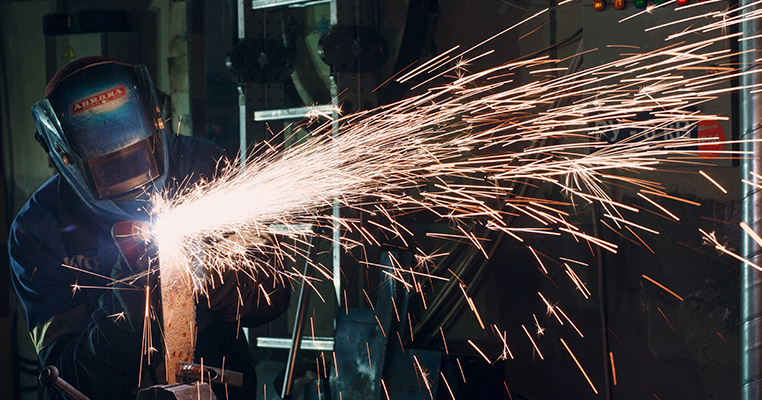
Although other cutting methods like waterjet cutting have their own advantages, such as versatility and no heat impact, they come with other considerations, like the need for regular part replacements and dealing with consumables. In the balance of speed, cost, and reliability, plasma cutting stands out as the preferred cutting method for various materials and project types.
What Other Cutting Options Exist?
There are a variety of different kinds of cutting beyond just plasma and waterjet that can be explored if you need additional options.
Mechanical cutting methods, ranging from scissors and basic cutting to sawing, turning, milling, and lathing, all operate on roughly the same principle: using hard, sharp metal to cut and eat away at softer materials. It’s effective in a lot of ways, and it is simple and inexpensive.
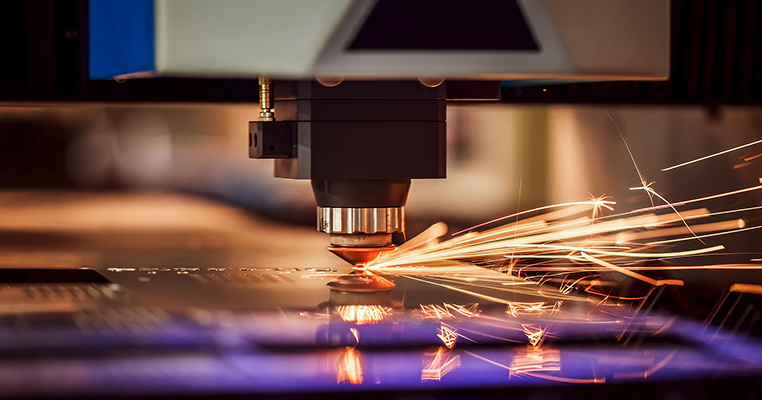
Other thermal kinds of cutting include:
- Flame cutting, using a high heat source and a jet of air to blast away molten metal. It’s very similar to plasma cutting but relies on direct heat application rather than conductivity to do the melting.
- Laser cutting, where a high-energy beam of light is used to generate the heat to melt metal before being blasted away. Again, it is similar to flame and plasma cutting but with extremely high precision.
Overall, the variety of different cutting methods means that there’s always an appropriate or “best” kind of cutting for any given job, but that a well-stocked shop or fabrication facility should be using numerous different kinds of cutting for different purposes. There’s no one single answer that fits every problem.
In numerous scenarios, plasma cutting continues to present itself as a versatile, efficient, and cost-effective choice for a broad array of cutting needs, reinforcing its position as a highly recommended option in the industry.
We have many rental systems available, ranging from simple handheld machines to more robust systems, which you can try out before you invest in buying a machine of your own. Just drop us a line for a quote or to ask our experts any questions you may have.




![12 Different Types of Welding Processes [The Definitive Guide] 6 12 Different Types of Welding Processes [The Definitive Guide]](https://www.021208.com/wp-content/uploads/2025/01/12-Different-Types-of-Welding-Processes-The-Definitive-Guide-150x150.jpg)


